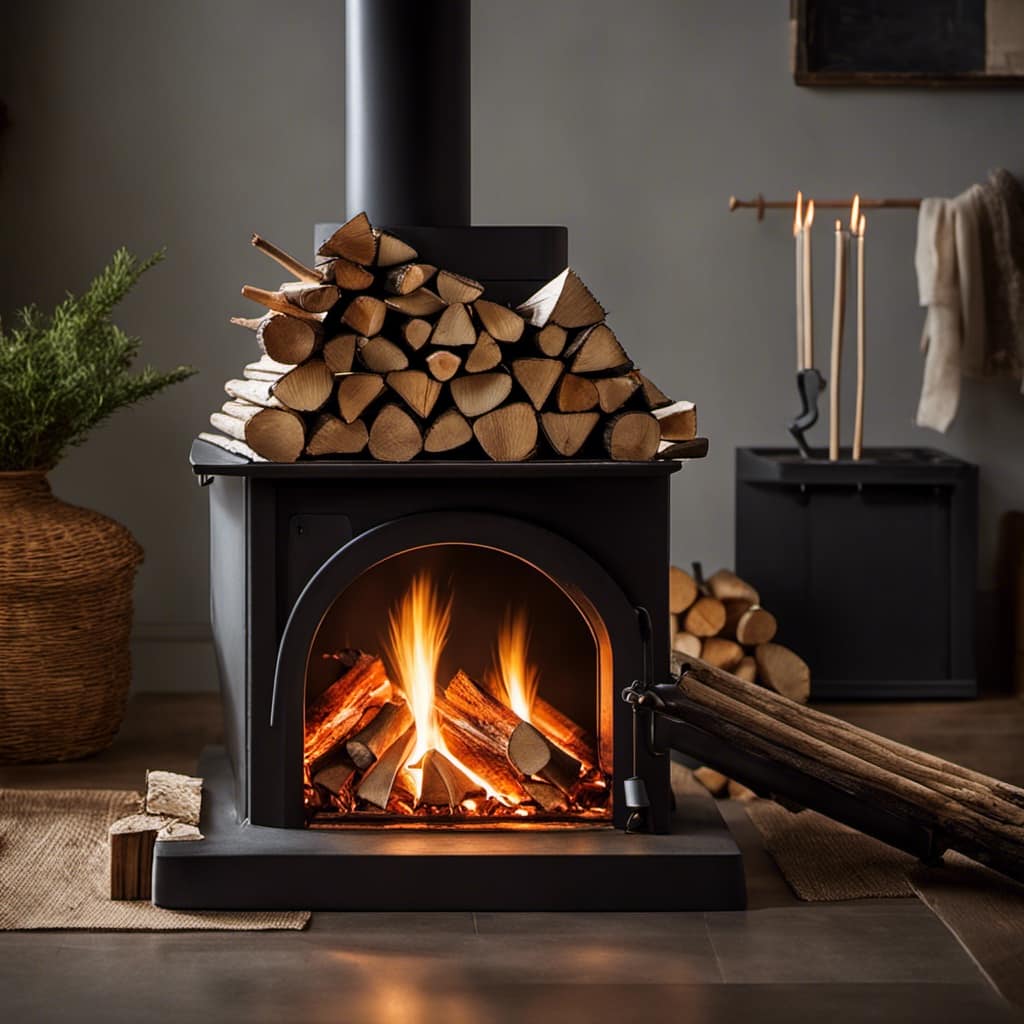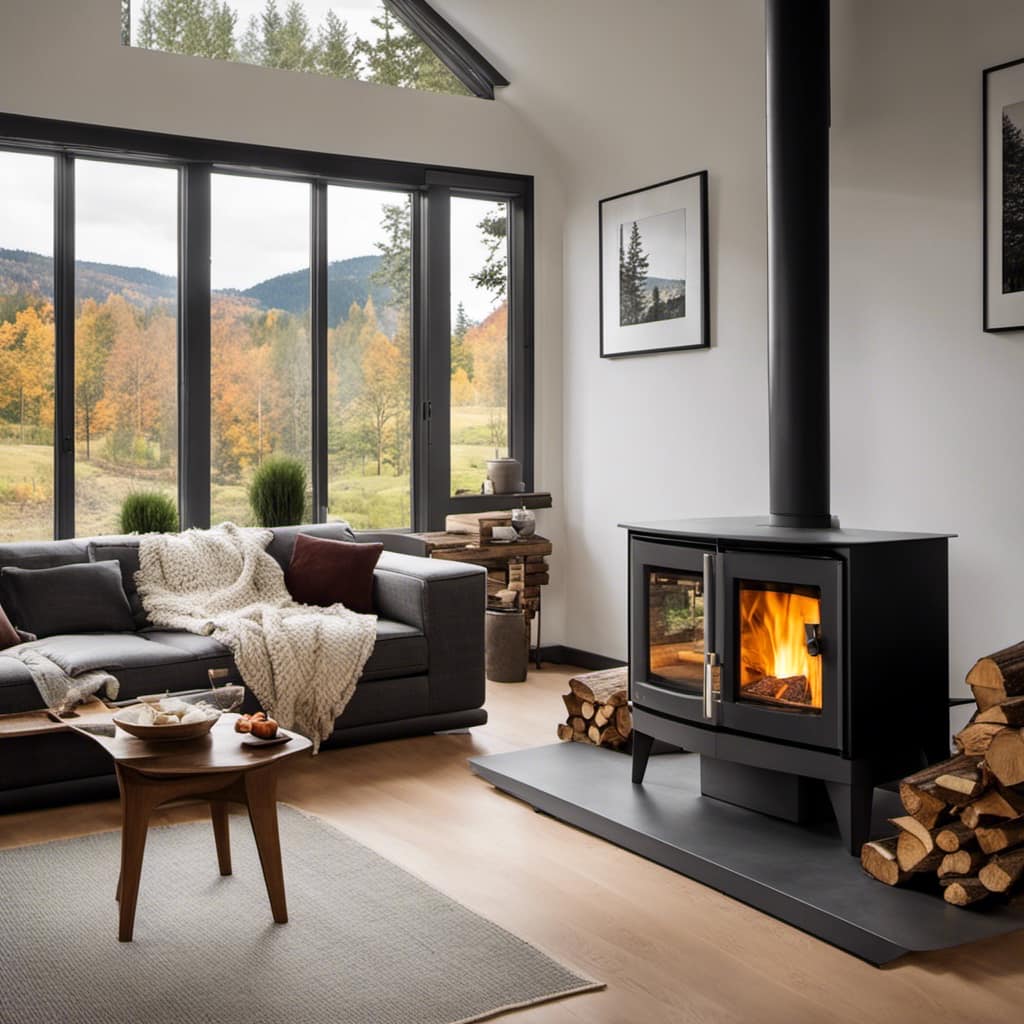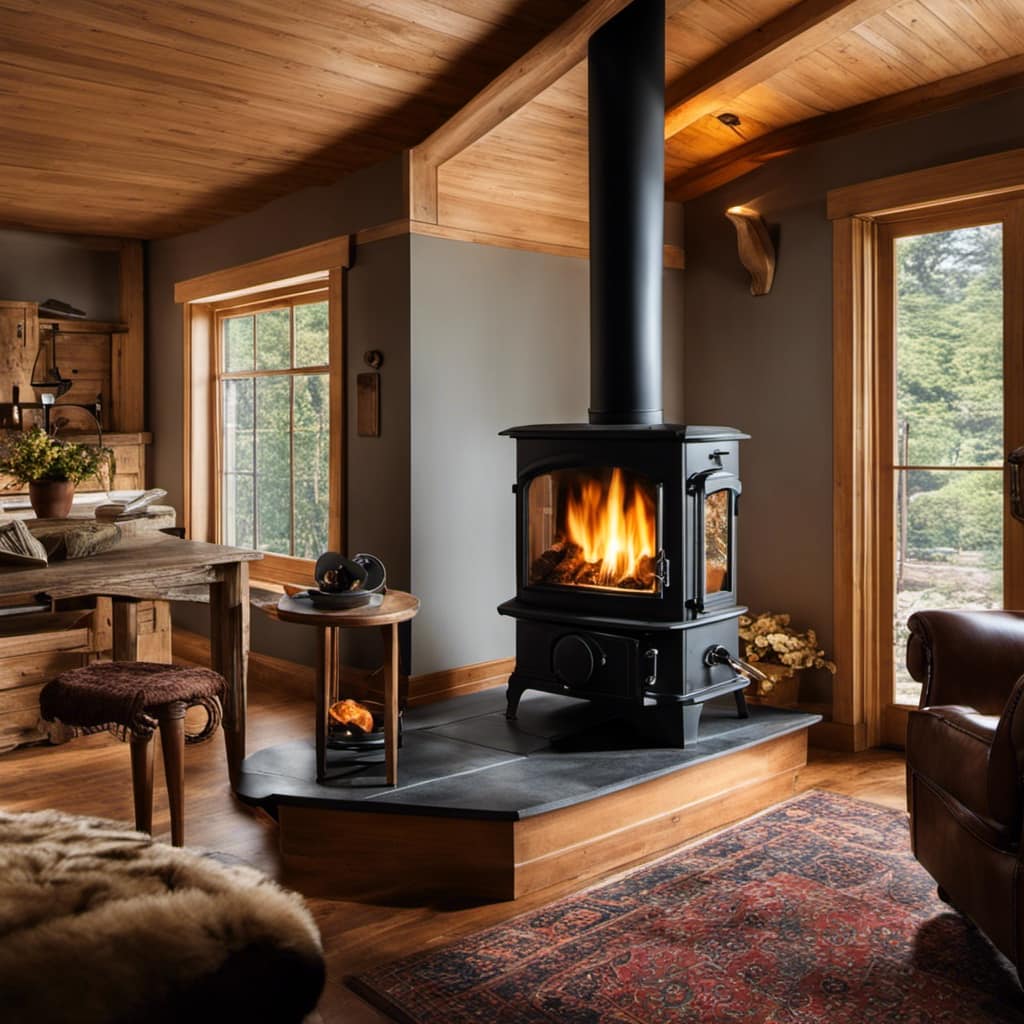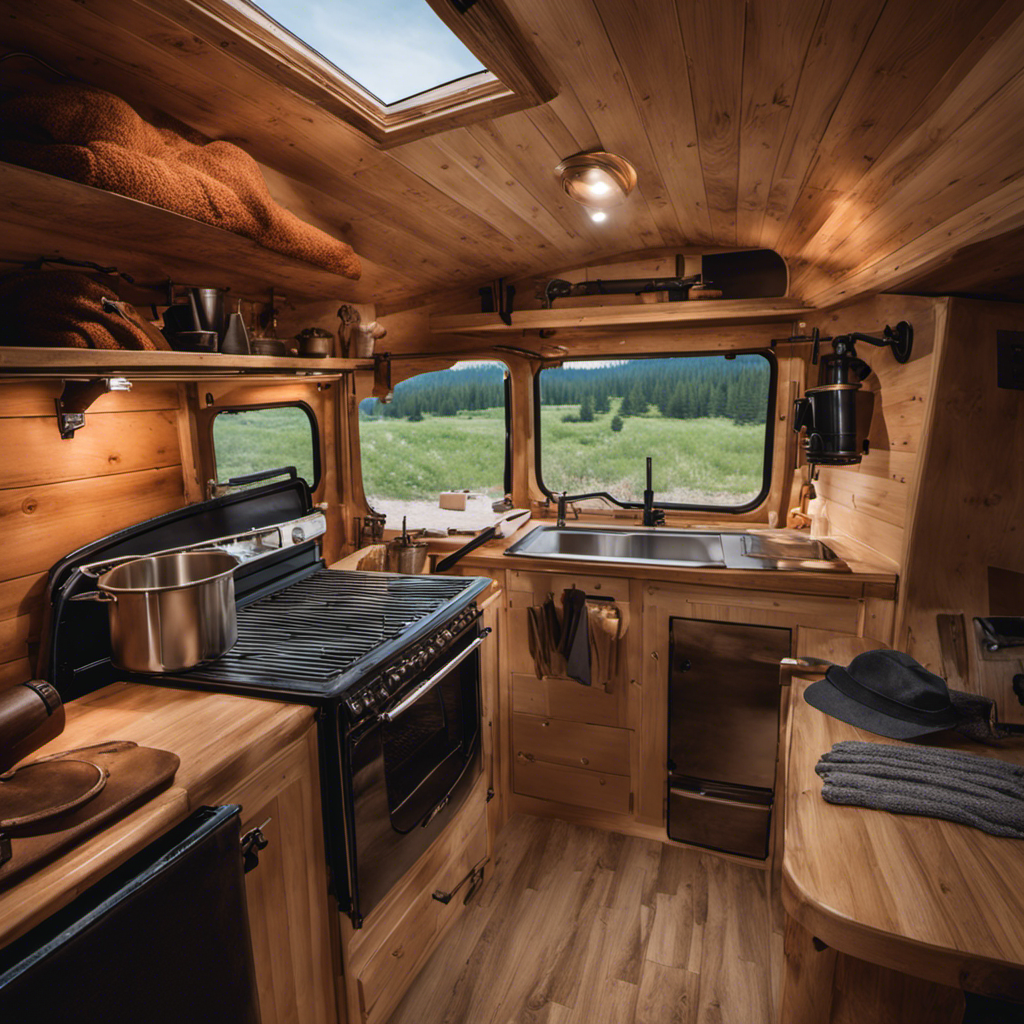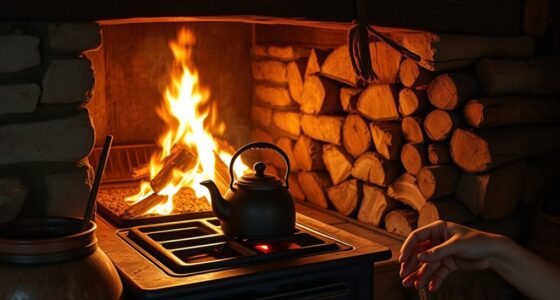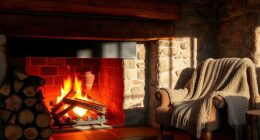The crackling sound from a wood stove during a cold winter night has forever captivated me. There is a kind of magic in starting a fire from scratch and watching it grow into a warm, inviting blaze.
In this article, I’ll show you how to start a fire in a wood stove using simple steps and everyday materials. Whether you’re a seasoned fire builder or a beginner, these tips will help you create a cozy fire that will keep you warm all season long.
Key Takeaways
- Dry and seasoned firewood is crucial for an efficient and long-lasting fire.
- Kindling, like small dry sticks or twigs, helps ignite the firewood.
- Proper air ventilation and chimney maintenance ensure safe and efficient operation.
- Gradually adding larger pieces of firewood maintains a steady burn.
Gathering the Necessary Materials
I’ll need to gather the necessary materials before starting the fire in the wood stove.
First, I’ll head to the firewood storage area and grab a few logs. It’s important to have dry and seasoned firewood for an efficient and long-lasting fire. Seasoned firewood has been dried for at least six months, allowing the moisture content to drop below 20%. This ensures that the firewood burns easily and produces less smoke.
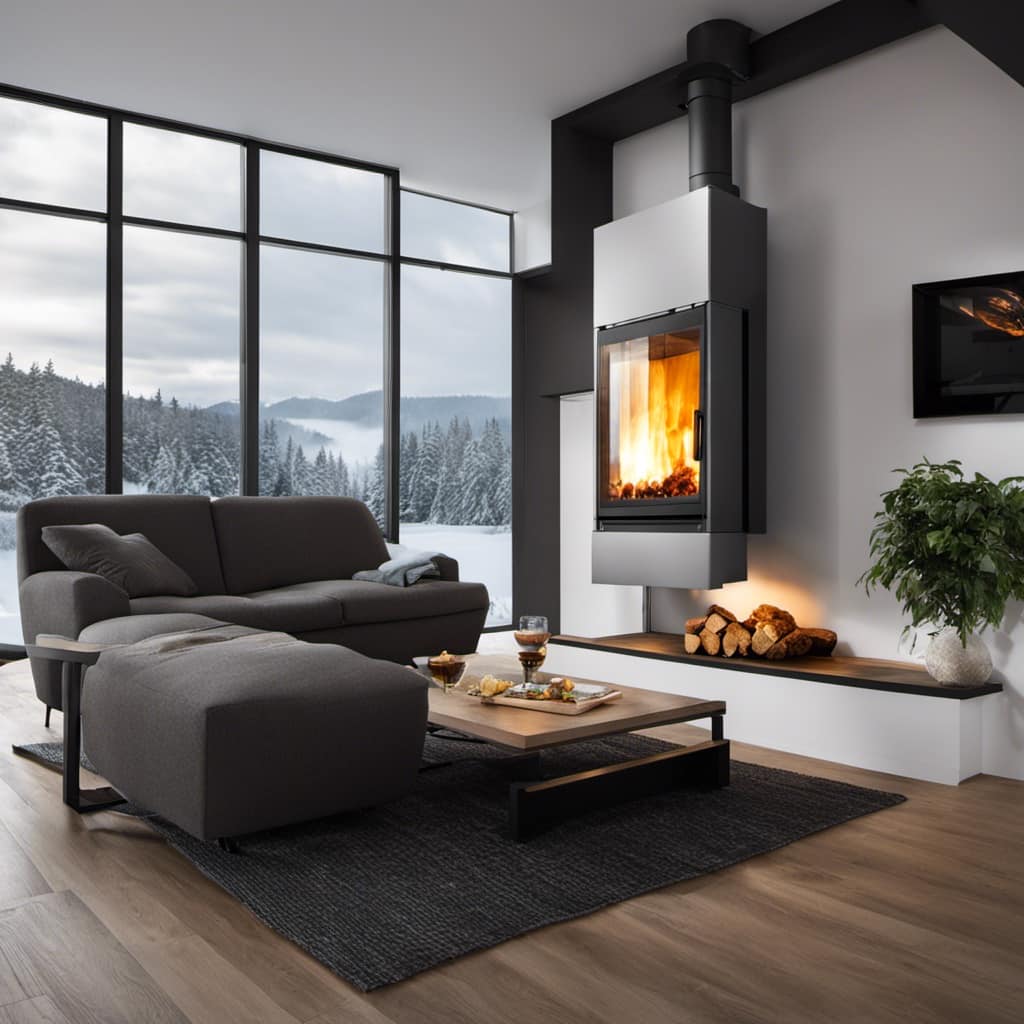
Once I’ve the firewood, I’ll also need some kindling. Kindling is small, dry sticks or twigs that help ignite the firewood. I usually collect a handful of twigs from the yard or use newspaper as an alternative.
Next, I’ll gather some fire starters. These can be in the form of homemade fire starters, such as wax-coated cotton balls or commercial fire starters that are readily available. Fire starters help initiate the fire by providing a quick and consistent flame.
Lastly, I’ll grab a set of fireplace tools, including a poker, tongs, and a brush. These tools will come in handy when arranging the firewood, adjusting the logs, and cleaning the ashes afterward.
With all these materials gathered, I’m ready to start a cozy fire in my wood stove.

Preparing the Firebox
Before we can start a fire in the wood stove, it’s important to properly prepare the firebox.
This involves selecting the right type of firewood, ensuring proper air ventilation, and arranging the wood in a way that promotes easy ignition.
Choosing Firewood Types
I need to consider the different types of firewood available before starting a fire in my wood stove. It’s important to understand the differences between seasoned and green firewood, as well as hardwood and softwood firewood.
Here are some key points to keep in mind:
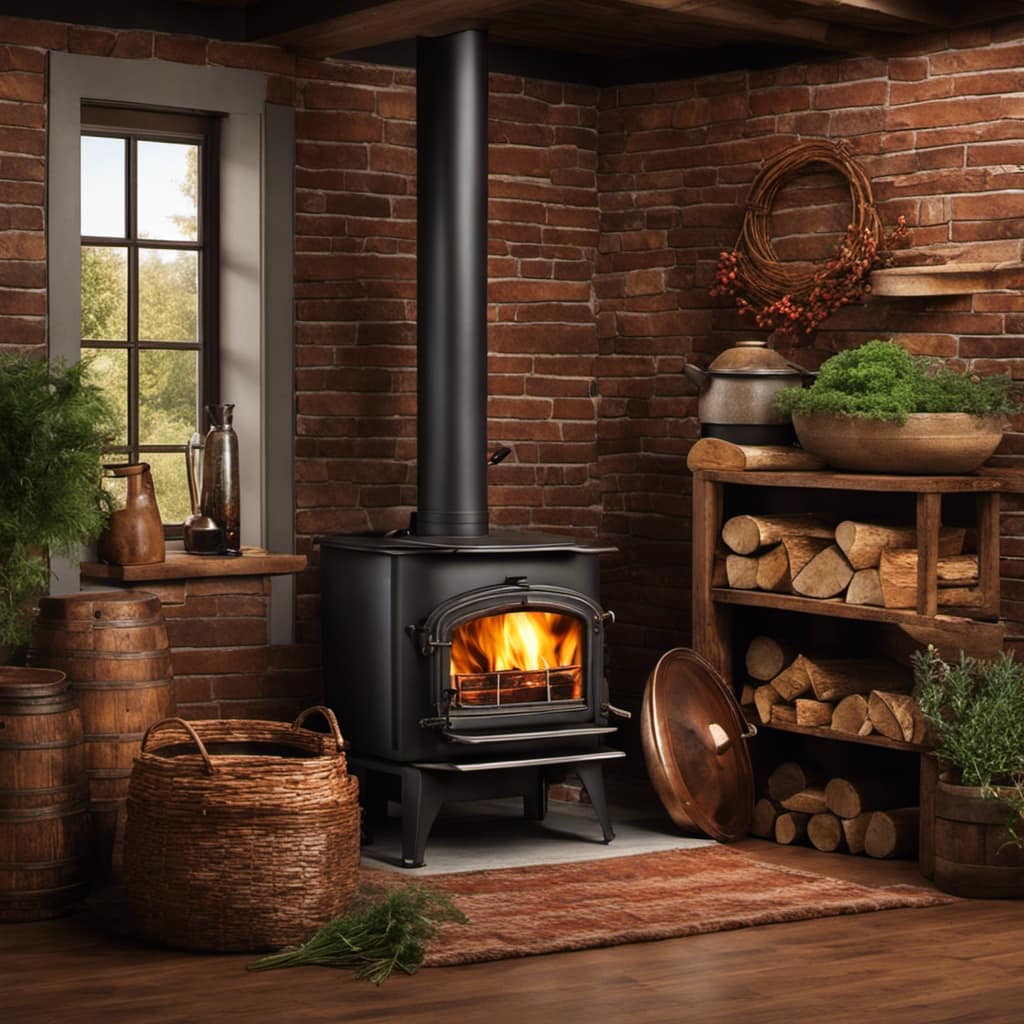
Seasoned firewood: This type of firewood has been dried for at least six months, making it easier to ignite and burn efficiently.
Green firewood: This is freshly cut wood that hasn’t had time to dry. It can be harder to light and produces more smoke.
Hardwood firewood: Hardwoods like oak, maple, and birch burn longer and produce more heat. They’re ideal for long-lasting fires.
Softwood firewood: Softwoods like pine and fir ignite quickly and produce a bright flame. They’re great for starting fires but burn faster.

Proper Air Ventilation
To ensure optimal air circulation, I regularly open the vents on my wood stove. Proper air ventilation is crucial for a safe and efficient wood stove operation.
One important aspect of maintaining good ventilation is chimney maintenance. It’s essential to regularly inspect and clean the chimney to prevent the buildup of creosote, which can cause blockages and increase the risk of chimney fires.
Additionally, troubleshooting common ventilation issues can help ensure that the stove is working properly. If you notice a weak draft or smoke coming back into the room, check for obstructions in the chimney or flue, adjust the damper, or ensure that the stove is properly sealed.
Taking these steps will help maintain proper air ventilation and ensure the safe and effective operation of your wood stove.
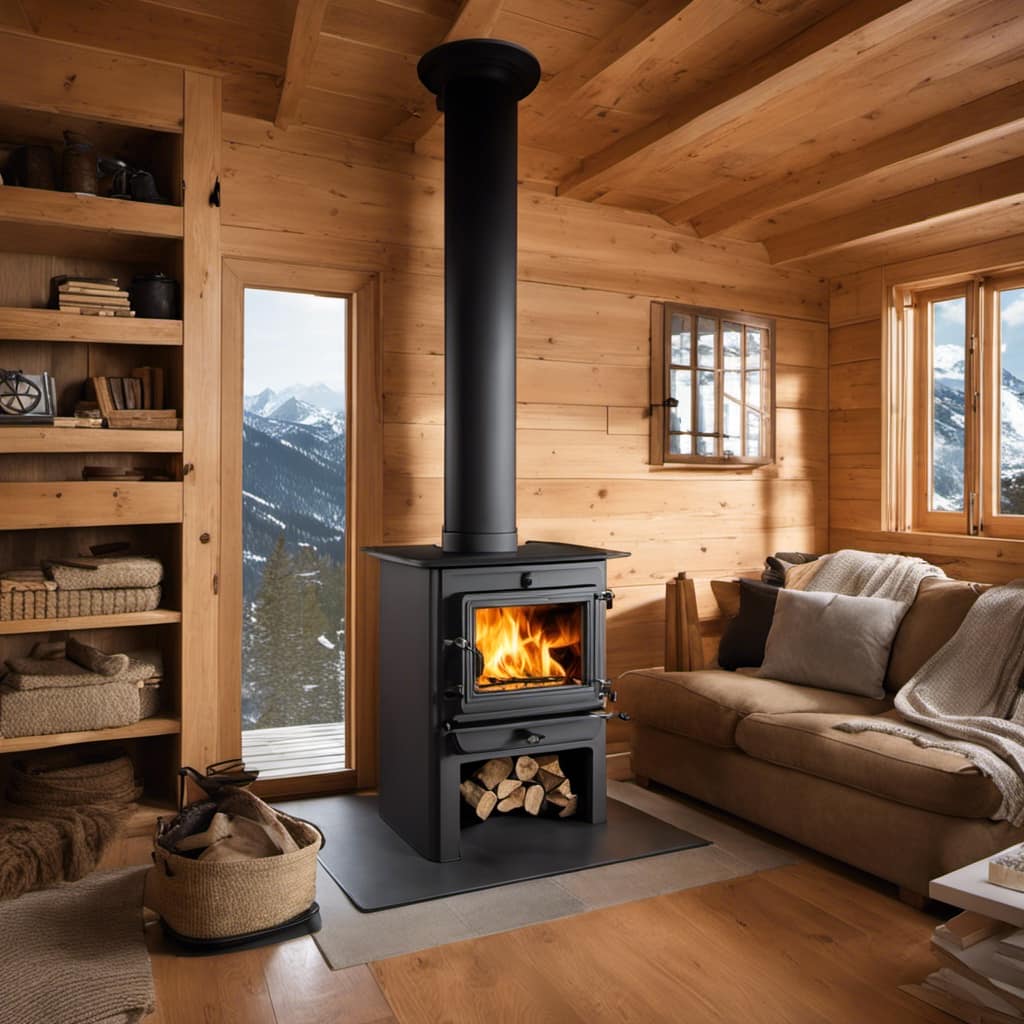
Arranging Wood for Ignition
Arranging the kindling in a pyramid shape helps create a strong and steady flame for ignition. This is a crucial step in starting a fire safely and efficiently in a wood stove.
To ensure wood stove safety and successful fire starting, here are some important fire starting techniques to keep in mind:
- Use dry, seasoned firewood to prevent excess smoke and creosote buildup.
- Place crumpled newspaper or fire starters in the center of the kindling pyramid for easy ignition.
- Open the air vents fully to provide optimal oxygen flow for the fire.
- Use a long fireplace match or a fireplace lighter to ignite the newspaper or fire starters.
- Gradually add larger pieces of firewood to the flame to maintain a steady burn.
Building the Fire Base
To build the fire base, I start by arranging the larger pieces of firewood in a stable and organized manner. I make sure to leave enough space between the logs for air circulation, which is crucial for a good fire.
Once the base is set, I strategically place kindling on top, making sure it’s close enough to catch fire easily but not smother the flames.
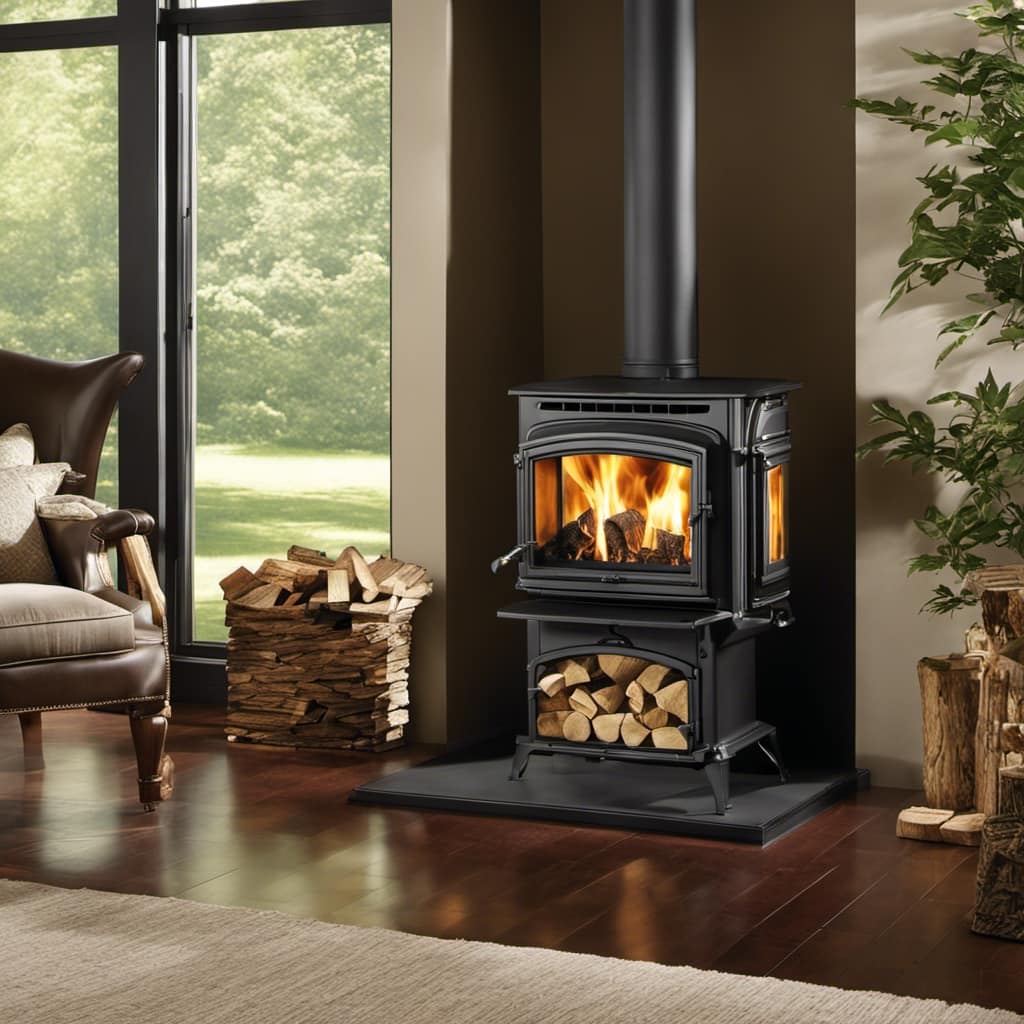
Proper Firewood Stacking
I prefer stacking firewood in a neat and organized manner to ensure a proper airflow and efficient burning in my wood stove. It’s not just about aesthetics; there are practical reasons behind this method. Here are five reasons why I believe proper firewood stacking is essential:
- Maximize airflow: By stacking the firewood properly, the air can circulate freely, allowing for better combustion.
- Prevent moisture: Stacking the firewood off the ground and in a well-ventilated area helps to reduce moisture absorption, ensuring that the wood burns more efficiently.
- Easy accessibility: A neatly stacked pile allows for easy access to the firewood when needed, saving time and effort.
- Reduce pest infestation: By keeping the firewood organized, it becomes less attractive to pests like termites and ants.
- Minimize fire hazards: A well-stacked pile prevents the firewood from falling and potentially causing accidents or spreading flames.
Kindling Placement Techniques
Placing kindling strategically near the bottom of the firewood stack ensures an easier and quicker ignition process.
Kindling preparation is crucial for starting a fire efficiently in a wood stove. To prepare kindling, gather small, dry twigs and split them into thin pieces. These thin pieces of kindling are effective fire starters because they catch fire easily and produce enough heat to ignite the larger pieces of firewood.
When placing the kindling, create a small teepee-like structure near the bottom of the stack, leaving enough space for air to flow through. This allows for better oxygen circulation and helps the fire start faster.

Arranging the Firewood
When arranging the firewood, I make sure to stack the larger pieces on the bottom and the smaller pieces on top. This not only helps with stability but also promotes efficient burning in the wood stove. Proper wood stove maintenance and firewood storage are crucial for a safe and effective heating experience.
Here are some key points to consider when arranging firewood for your wood stove:
Size Matters: By placing the larger pieces of firewood at the bottom of the stack, you ensure a solid foundation and allow for better airflow.
Air Circulation: Leave enough space between the logs to allow for proper air circulation. This helps the fire burn more efficiently and reduces the risk of smoke and creosote buildup.
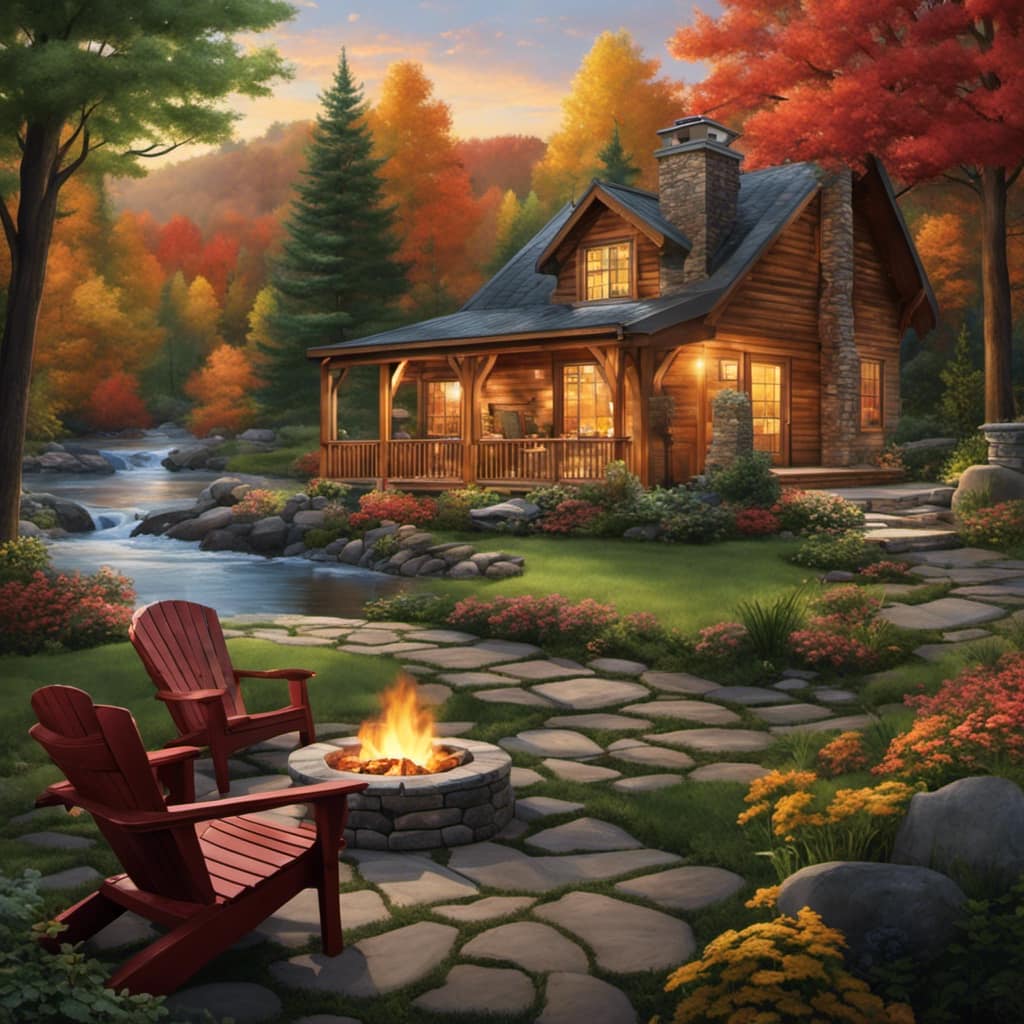
Dry and Seasoned: Always use dry and seasoned firewood. Moisture content should be below 20% for optimal burning. Wet wood not only produces less heat but also leads to excessive smoke and potential chimney issues.
No Crowding: Avoid overcrowding the stove. Leave enough space for the flames to breathe and maintain a steady burn.
Regular Cleaning: Clean out the ashes and debris regularly to maintain proper airflow and prevent blockages in the stove or chimney.
Igniting the Fire
To ignite the fire, I simply crumple up some newspaper and place it at the bottom of the firebox, followed by a small stack of kindling. This is a tried and true technique that ensures a successful fire start. Kindling is essential as it provides the initial fuel for the fire to catch on and grow. It consists of small, dry sticks or twigs that easily catch fire and create a strong flame. Once the newspaper and kindling are in place, I carefully light the newspaper with a long match or lighter. It’s important to exercise caution and follow fire safety guidelines during this process.
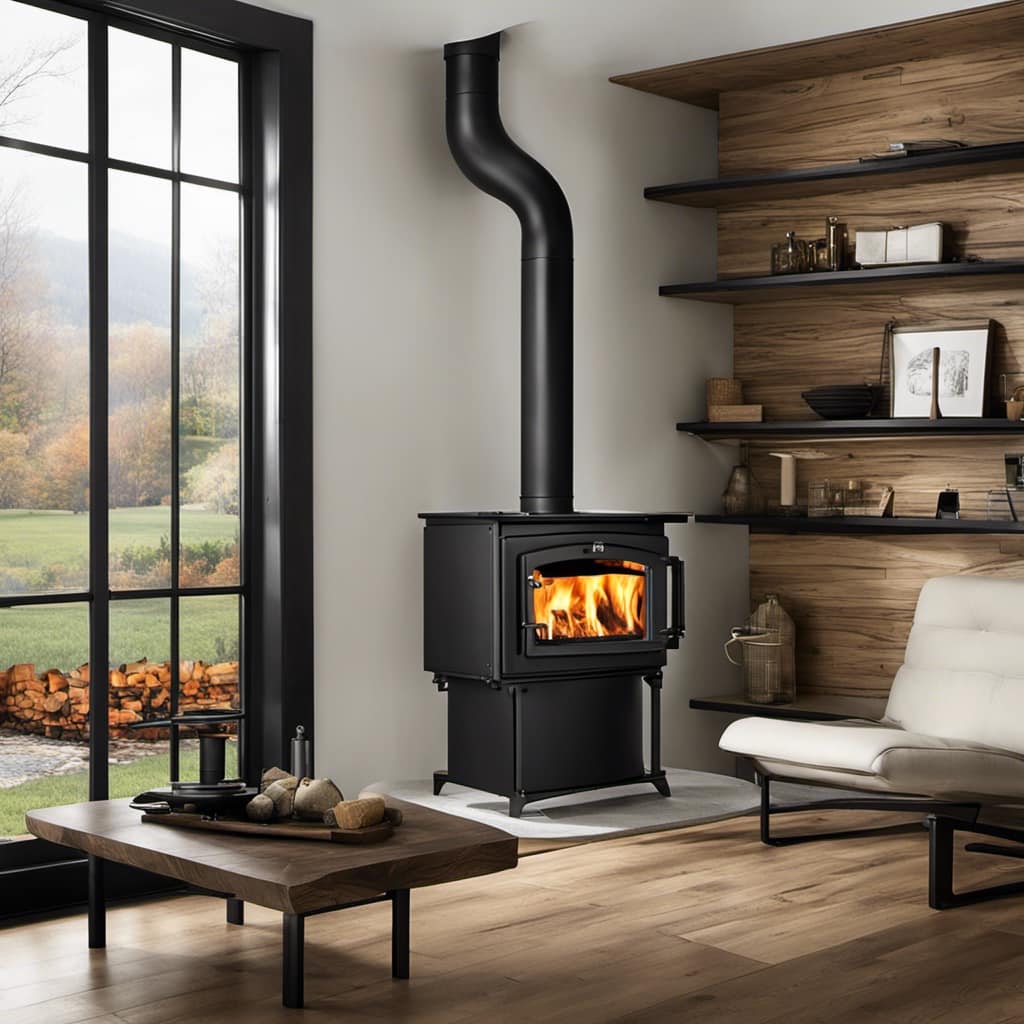
To further enhance your understanding, below is a table summarizing the igniting techniques and fire safety measures:
| Igniting Techniques | Fire Safety Measures |
|---|---|
| Crumple newspaper | Use proper ventilation |
| Place kindling | Keep a fire extinguisher nearby |
| Light newspaper | Clear the area around the stove |
| Use long matches | Avoid leaving the fire unattended |
| Regularly clean the stove and chimney |
What’s the Best Method for Starting a Fire in a Wood Stove for Cooking Outdoors?
When cooking outdoors, the best way to start a fire in a wood stove is by using small pieces of dry kindling to build a base. Add larger pieces of wood on top in a crisscross pattern, allowing for airflow. Finally, use a fire starter or matches to ignite the kindling.
Maintaining and Controlling the Fire
Once the fire is properly established, I can adjust the airflow to maintain and control the intensity of the flames. This is crucial for maintaining the desired fire temperature and preventing chimney blockages. Here are some key points to consider:
Clearing the Ashes: Regularly removing the ashes from the wood stove helps maintain proper airflow and prevents blockages. It also ensures the fire burns efficiently and evenly.
Adding Fuel: Adding the right amount of fuel at regular intervals is essential for maintaining a consistent fire temperature. It’s important not to overload the stove with too much wood, as it can lead to excessive heat and potential chimney blockages.
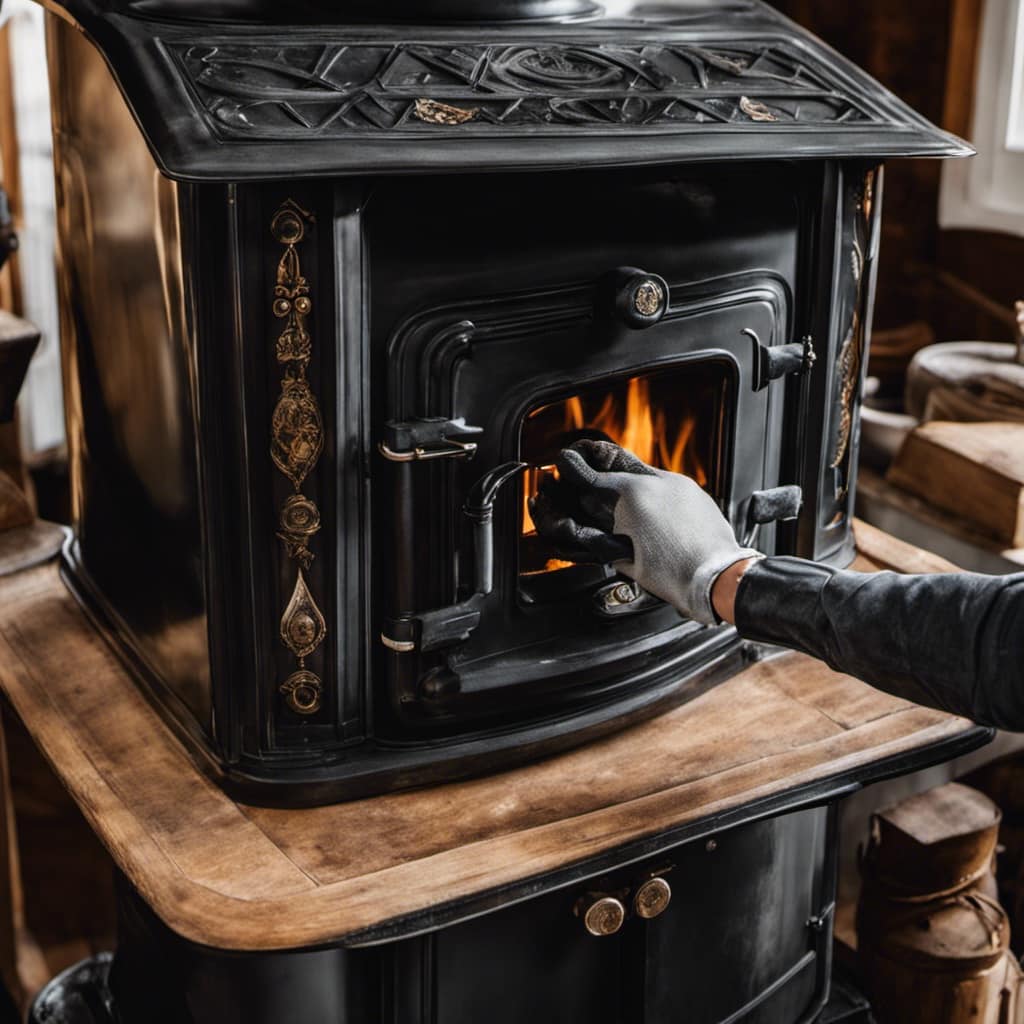
Adjusting Airflow: Opening or closing the air vents on the wood stove allows you to control the amount of oxygen entering the fire. More oxygen leads to a hotter fire, while less oxygen reduces the intensity. Finding the right balance is key to maintaining the desired fire temperature.
Monitoring the Flames: Regularly observing the flames helps you gauge the fire’s intensity and make necessary adjustments. If the flames are too weak, opening the air vents can increase the airflow and heat. Conversely, if the flames are too strong, closing the vents slightly can reduce the intensity.
Cleaning the Chimney: Regular chimney cleanings are crucial to prevent blockages and maintain proper airflow. Creosote buildup can obstruct the chimney, leading to poor draft and potential fire hazards. Hiring a professional chimney sweep is recommended for thorough cleaning.
Frequently Asked Questions
How Long Does It Usually Take for a Wood Stove to Heat up and Start Radiating Heat?
Usually, it takes about 30 minutes for a wood stove to heat up and start radiating heat. However, this can vary depending on factors such as the size of the stove, the type of wood used, and how well the stove has been maintained.
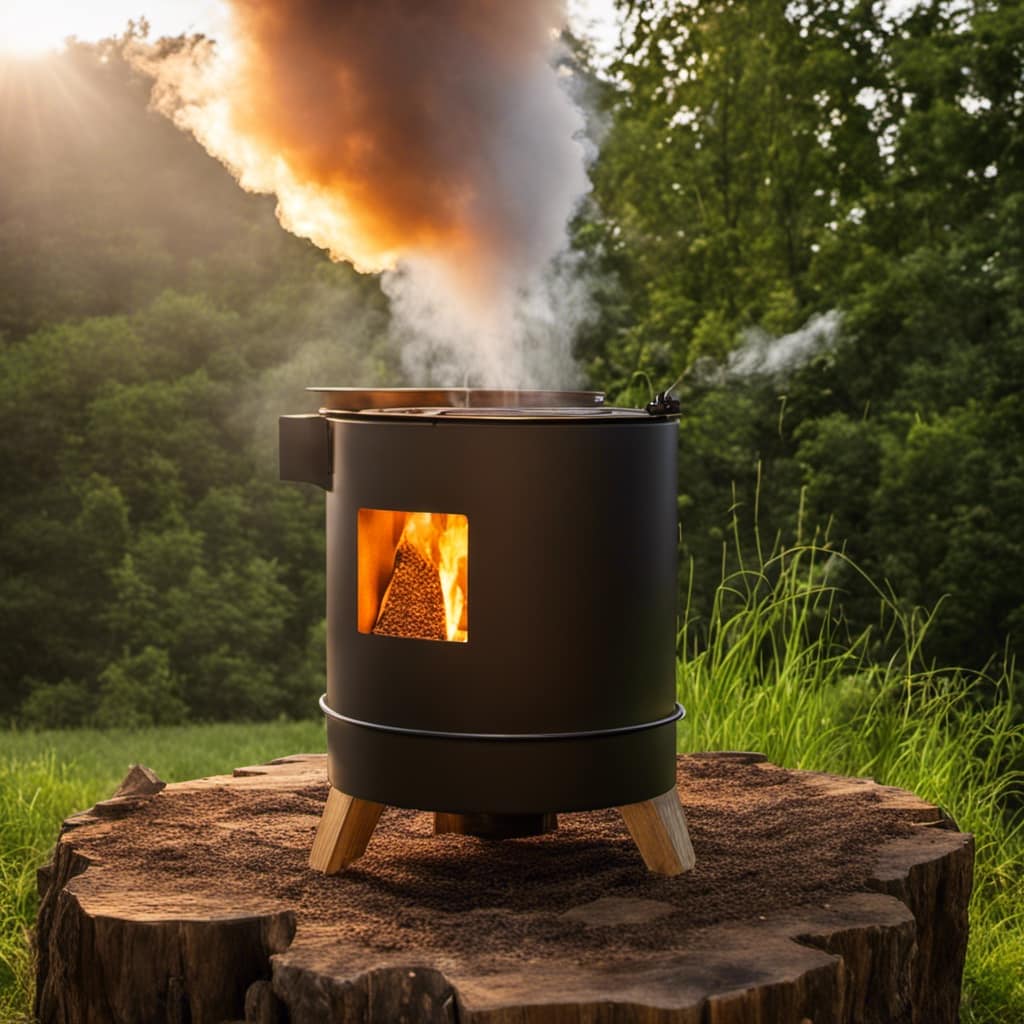
To ensure efficient wood stove heating, regular wood stove maintenance is crucial. This includes cleaning the stove, checking the seals, and using dry, seasoned wood.
Following these tips will help maximize the heat output of your wood stove.
What Are Some Common Mistakes to Avoid When Starting a Fire in a Wood Stove?
When starting a fire in a wood stove, it’s crucial to avoid common mistakes that can lead to frustration and inefficiency.
One tip is to use dry firewood, as wet wood can be difficult to ignite.

Additionally, it’s important to properly arrange the wood, ensuring adequate airflow for optimal combustion. Remember to start with smaller pieces and gradually add larger ones.
Taking these precautions will help you start a roaring fire in your wood stove.
Can I Use Any Type of Wood to Start a Fire in a Wood Stove, or Are There Specific Types That Work Best?
When it comes to starting a fire in a wood stove, it’s important to use the right type of firewood. Different types of firewood burn differently and can affect the efficiency of your fire.
Some types, like hardwoods, are better for starting fires because they burn longer and produce more heat. Softwoods, on the other hand, ignite quickly and produce a bright flame.
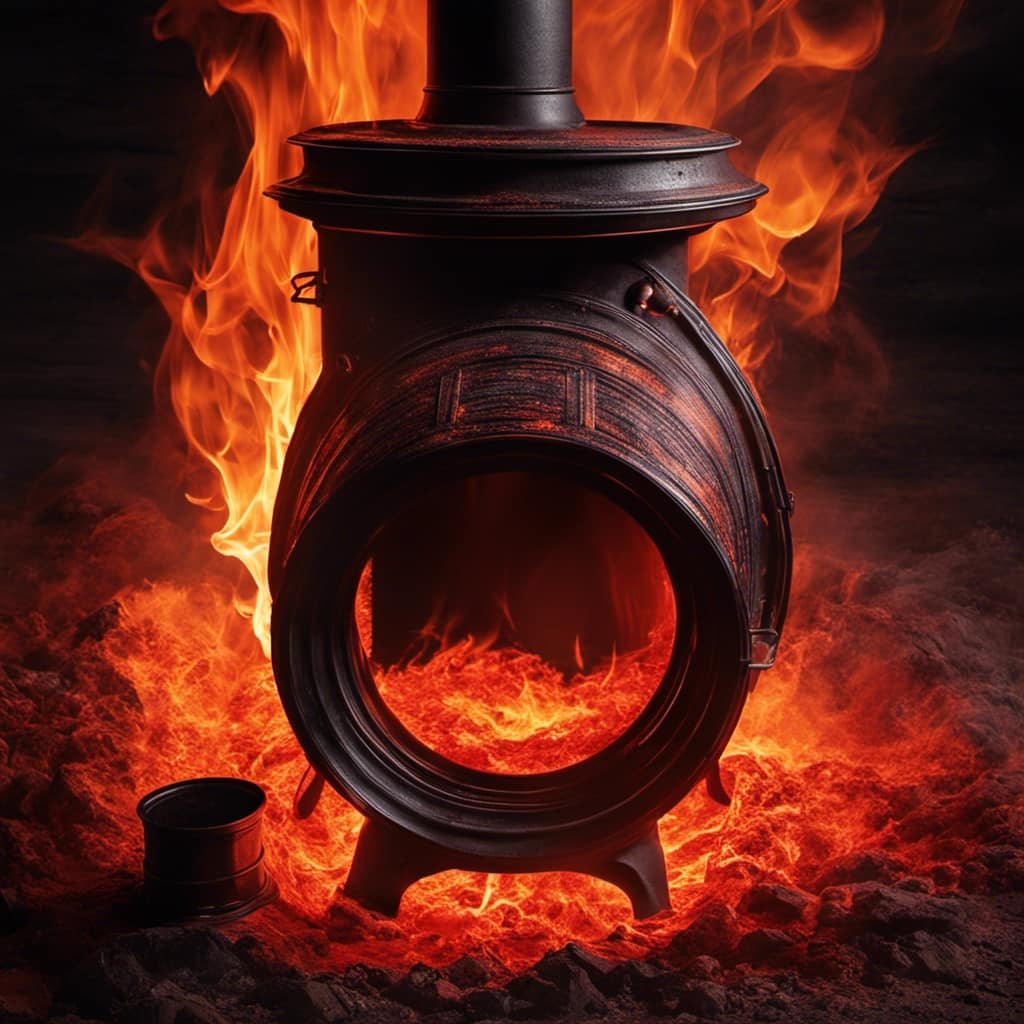
It’s best to use a combination of both to achieve the perfect balance. Following these best practices will ensure a successful fire in your wood stove.
Are There Any Safety Precautions I Should Take While Starting a Fire in a Wood Stove?
When it comes to starting a fire in a wood stove, it’s important to prioritize safety.
There are a few precautions you should take to prevent accidents.
First, make sure the area around the stove is clear of any flammable materials.
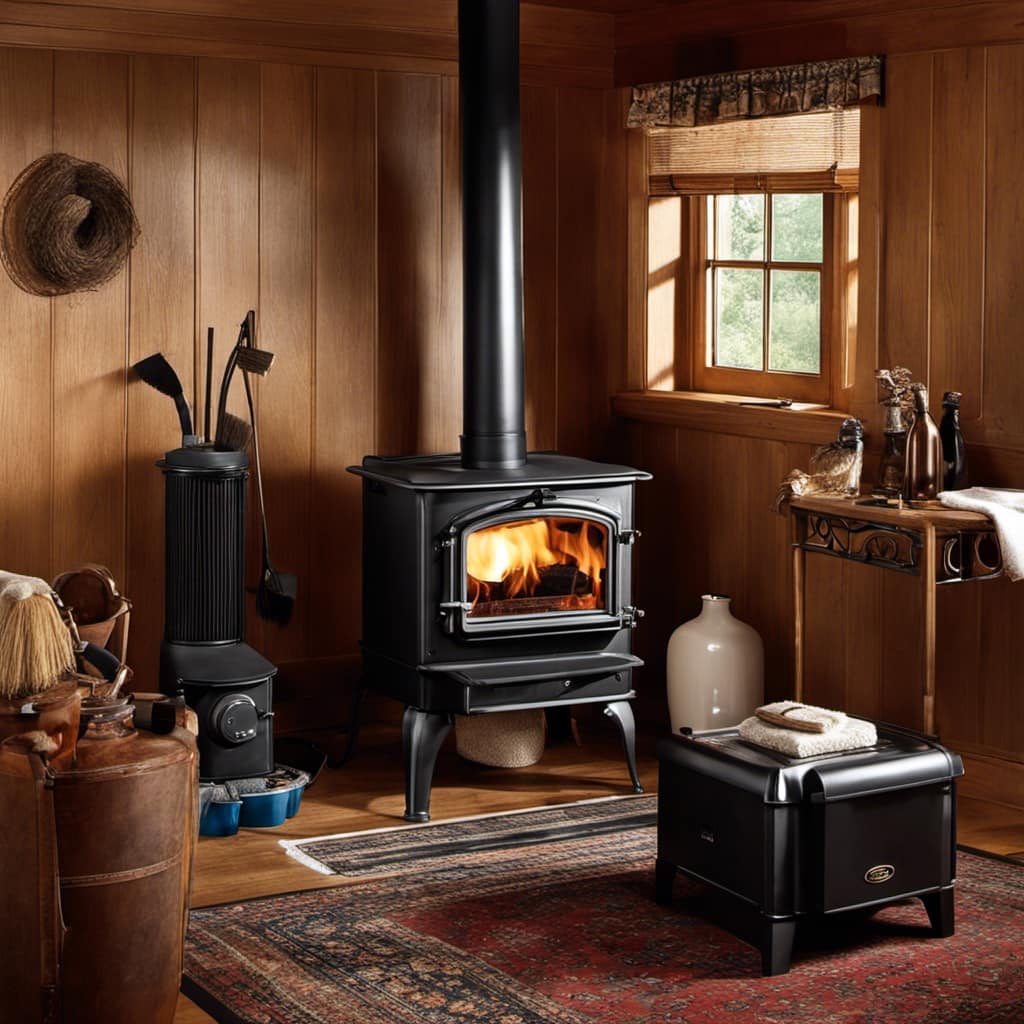
Second, open the damper to ensure proper ventilation.
Third, use dry and seasoned wood to minimize smoke and creosote buildup.
Lastly, never leave the fire unattended and keep a fire extinguisher nearby, just in case.
These tips can help you enjoy a cozy fire without any mishaps.
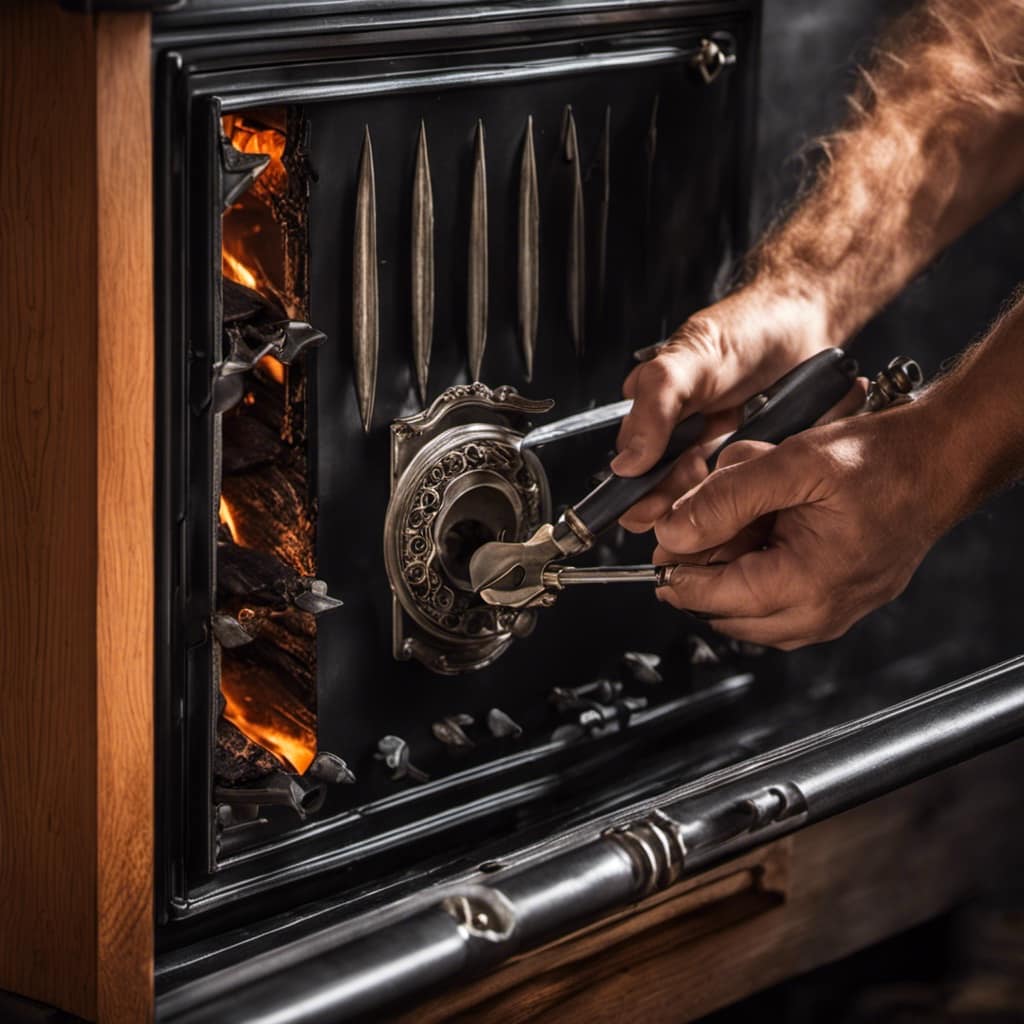
How Often Do I Need to Clean the Ashes From the Wood Stove to Maintain Optimal Fire Performance?
To maintain optimal fire performance in my wood stove, I need to clean the ashes regularly. The frequency of cleaning depends on how often I use the stove.
Typically, it’s recommended to clean the ashes every 1-2 weeks during the colder months. However, if I notice a decrease in heat output or difficulty in starting a fire, it’s a sign that it’s time to clean the ashes.
Regular cleaning ensures efficient burning and prevents any blockages in the stove.
Conclusion
In conclusion, starting a fire in a wood stove may seem like a daunting task, but with the right materials and technique, it can be easily accomplished.
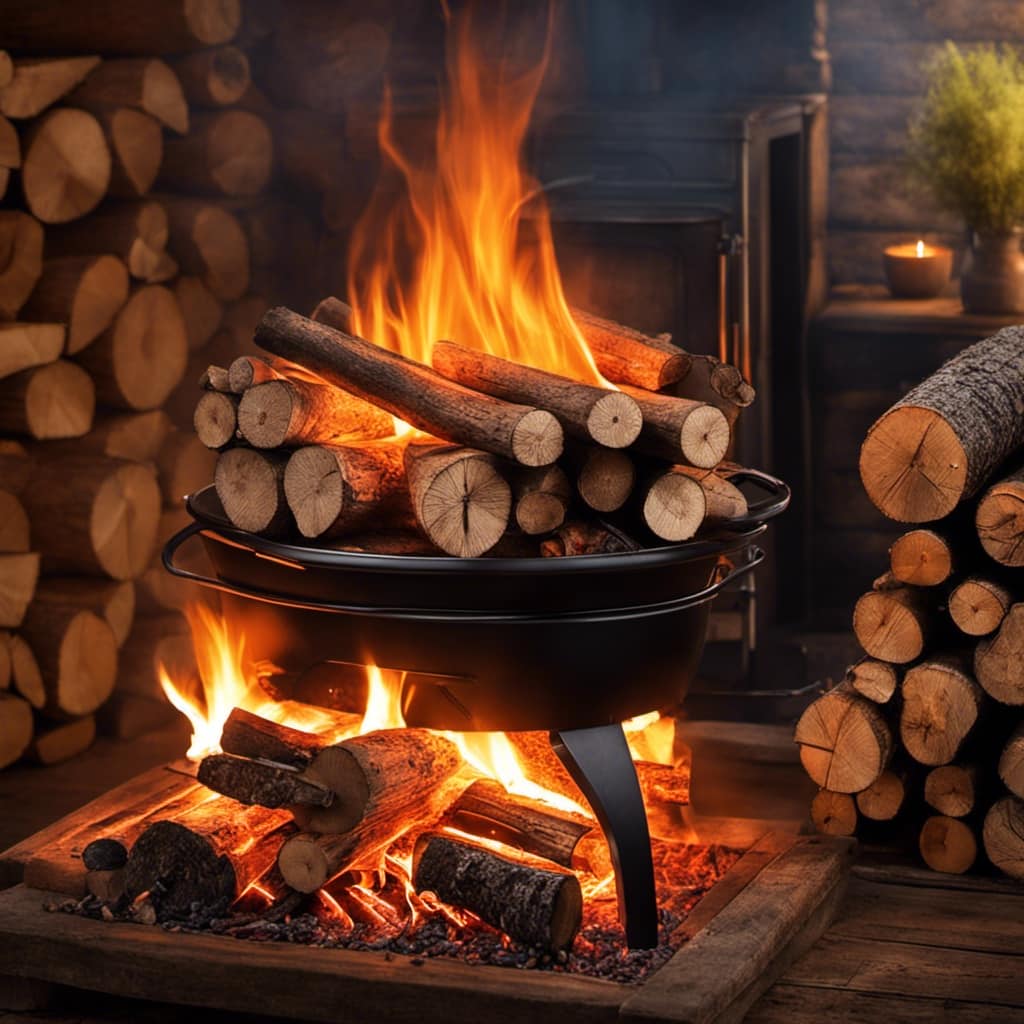
Remember to gather all the necessary materials, prepare the firebox, build a solid fire base, arrange the firewood properly, and ignite the fire using a reliable method.
Once the fire is lit, maintaining and controlling it’s key for a warm and cozy experience.
So go ahead, embrace the irony of mastering the art of fire in your wood stove and enjoy the warmth it brings.
Growing up surrounded by the vast beauty of nature, Sierra was always drawn to the call of the wild. While others sought the comfort of the familiar, she ventured out, embracing the unpredictable and finding stories in the heartbeat of nature.
At the epicenter of every remarkable venture lies a dynamic team—a fusion of diverse talents, visions, and passions. The essence of Best Small Wood Stoves is crafted and refined by such a trio: Sierra, Logan, and Terra. Their collective expertise has transformed the platform into a leading authority on small wood stoves, radiating warmth and knowledge in equal measure.


